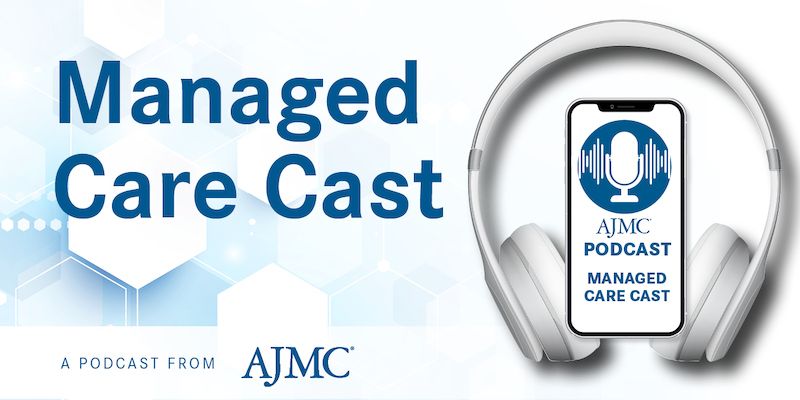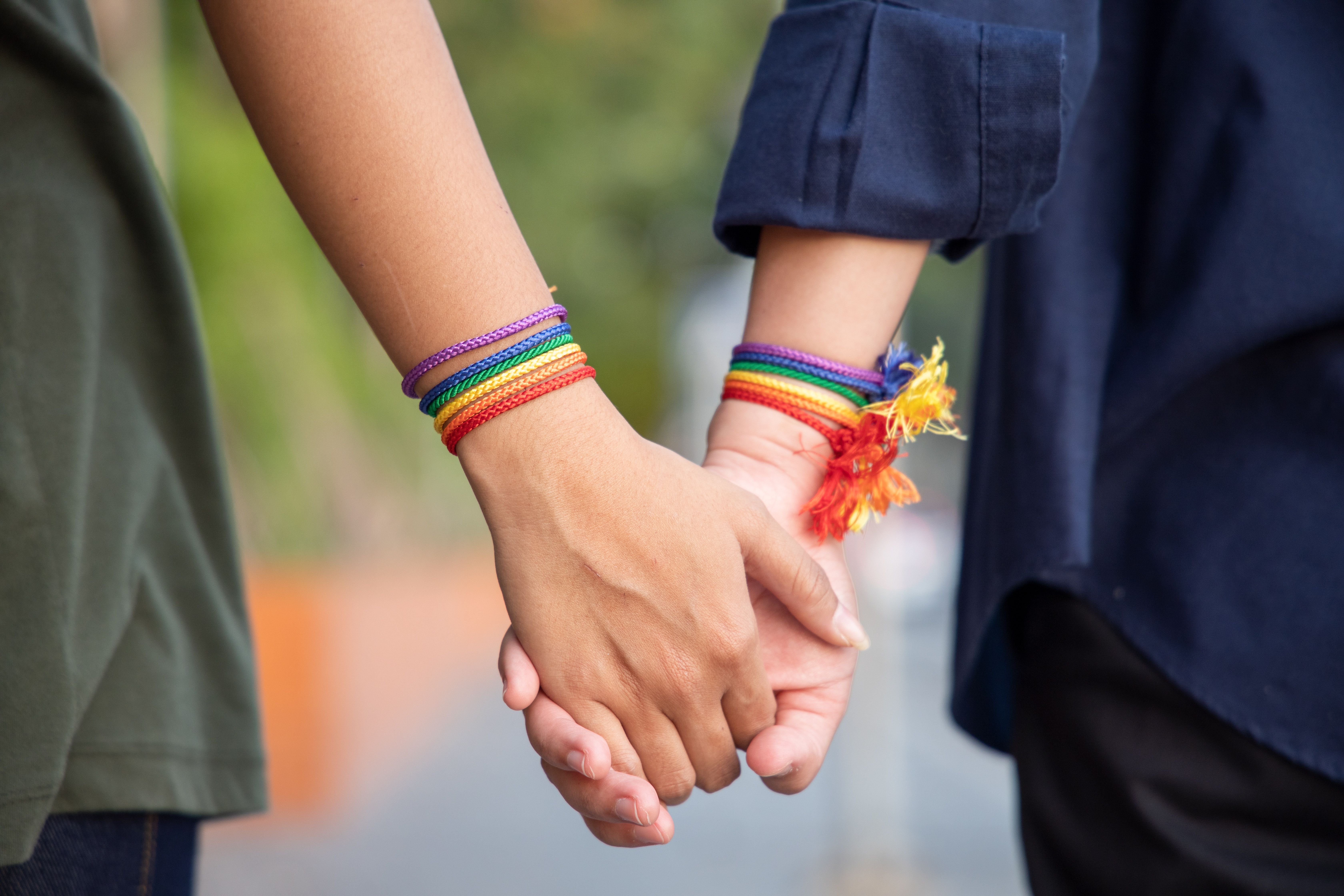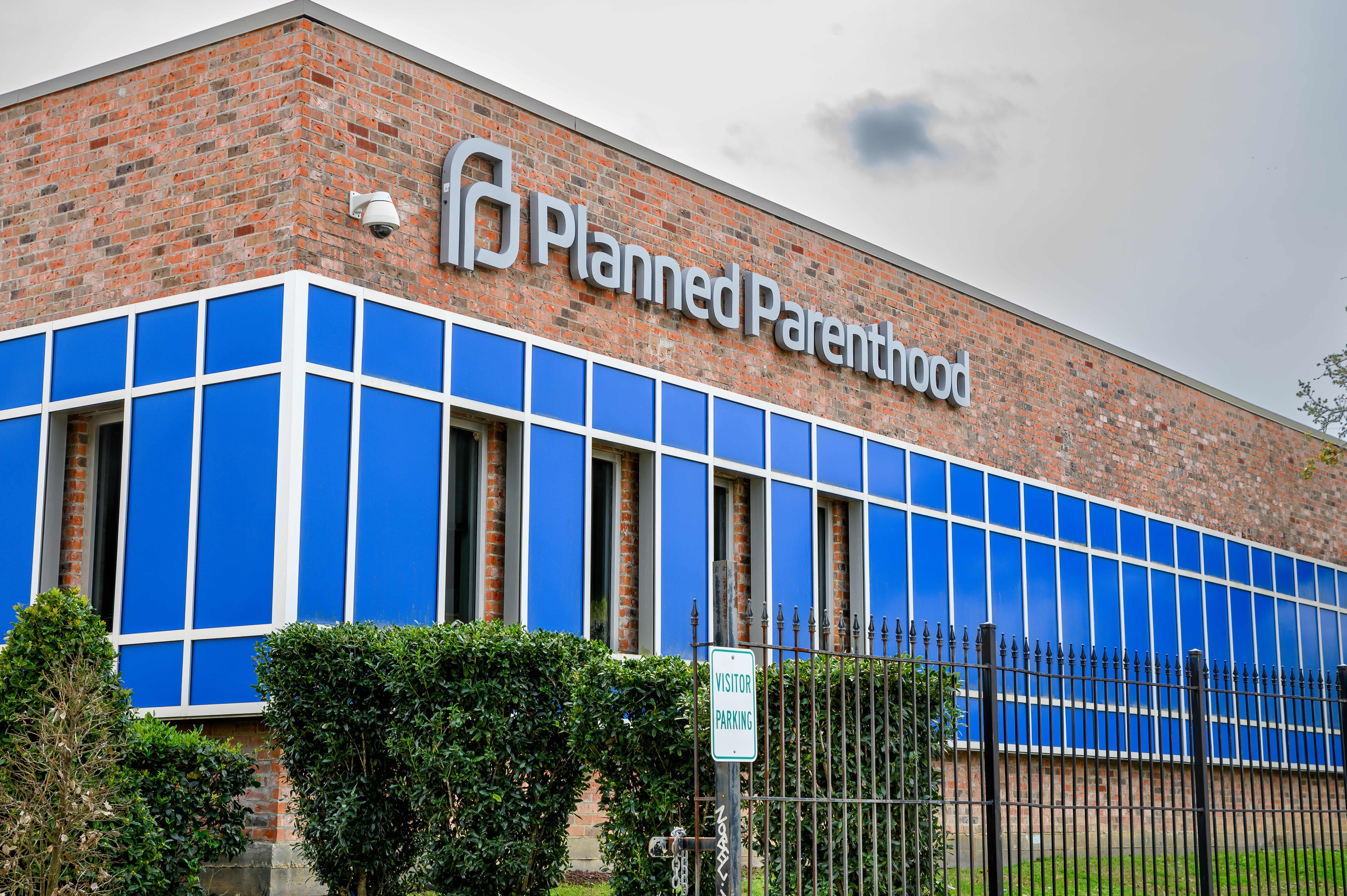Commentary
Video
Limited Clinical Insight Poses Barrier to Optimal NHL Treatment: Andrew Evens, DO
Author(s):
Clinical approaches to non-Hodgkin lymphoma in younger and older patient groups generally do not differ, according to Andrew Evens, DO, but he emphasized the need for deeper clinical insights into potential biologic differences in younger oncology patients.
In this interview with The American Journal of Managed Care®, Andrew Evens, DO, MBA, MSc, Rutgers Cancer Institute and Jack & Sheryl Morris Cancer Center, highlighted how gaps in non-Hodgkin lymphoma (NHL) research could be contributing to gaps in care. Lacking clinical guidelines and data have made it tough to distinguish between adolescent/young adult (AYA) and older populations in NHL, he explained. To optimize care for this group, and across the spectrum of ages affected by NHL, more dedicated research efforts are needed to determine if a one-size-fits-all model has a place in the management of NHL.
This discussion comes at an important time of the year, with April 1-7 marking AYA Cancer Awareness Week. To view Evens’ prior interview, in which he outlined the importance of this awareness week and the unique challenges this NHL population faces as they navigate their diagnosis, please visit here.
This transcript has been lightly edited; captions were auto-generated.
Transcript
Do clinicians/providers approach NHL treatment in AYA populations differently than in older groups?
Generally speaking, they don't, and that might be an issue. We've had a bit of one-size-fits-all treatment through the lens of adult oncology. That may be right and that may not be right. That’s one consideration we have to think about, and part of that might be relate back to the biology that I talked [about]. But right now, there are not differences through the adult lens.
Where there are differences is how I've just mentioned about the pediatric oncologist and adult oncologist. For a singular entity, I'll use Hodgkin lymphoma as an example, they have historically, for the preceding 40-plus years, used different treatments for the same patient age group. That’s just been historic where pediatric oncologists, at least in the United States, for years and decades, treated with certain regimens, treatment regimens and protocols and radiation, and we used a different one. There really are a couple converging issues that complicate potential progress for AYA lymphoma patients.
What key factors or evidence are still needed to determine whether distinct treatment approaches should be implemented?
To me when it comes to treatment, we don't yet have enough actionable information when it comes to biology to say it should be treated different, but there's enough red flags to say something different is going on. I think we're in a situation where right now the quick answer is no, but we need to make sure that that's the right answer, and it's going to happen through research and studying that tumor tissue and understanding: Are there literal biologic differences just based on age? Then, even if there are biologic differences, you can’t assume the treatment should be different, you need to test it and say, “OK, if these patients have these different gene expressions or other genetic alterations, should we be using different targeted therapy?” That would need to be tested in prospective clinical trials.
Newsletter
Stay ahead of policy, cost, and value—subscribe to AJMC for expert insights at the intersection of clinical care and health economics.





